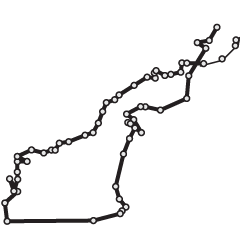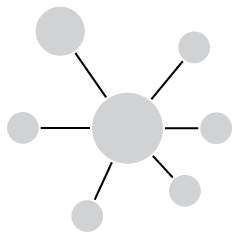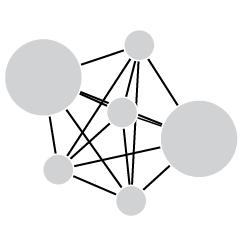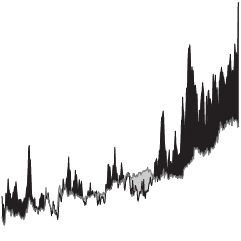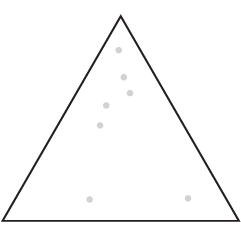I don’t know if you’ve heard of it, but there’s this game called Wordle. You get a certain number of guesses to figure out a five-letter word each day. Apparently a lot of people play it, so much so that Robert Lesser collected 15 million Wordle-related tweets since January. Then he analyzed the popularity and difficulty levels of all the daily words.
The above chart shows the daily words sorted by difficulty level. “Swill” gave people the most trouble, but contrary to common belief, the words do not appear to be getting more difficult.
Anyway, check out this Wordle game. It’s not the word cloud thing anymore (tear).

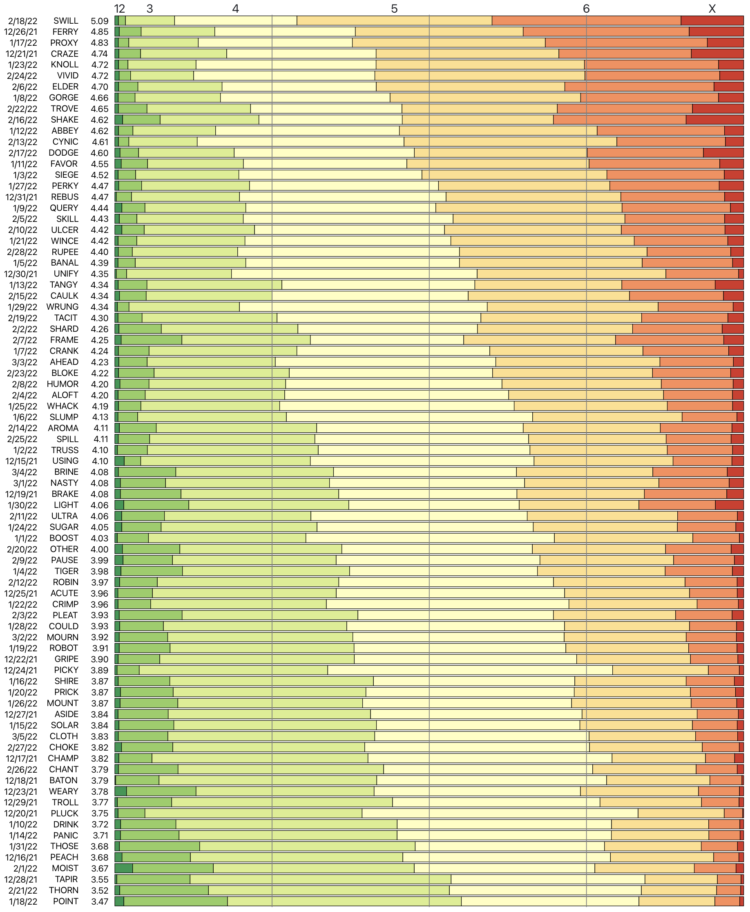
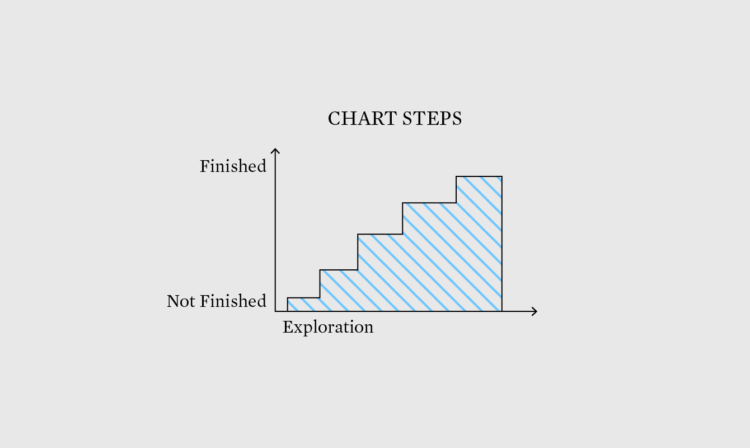
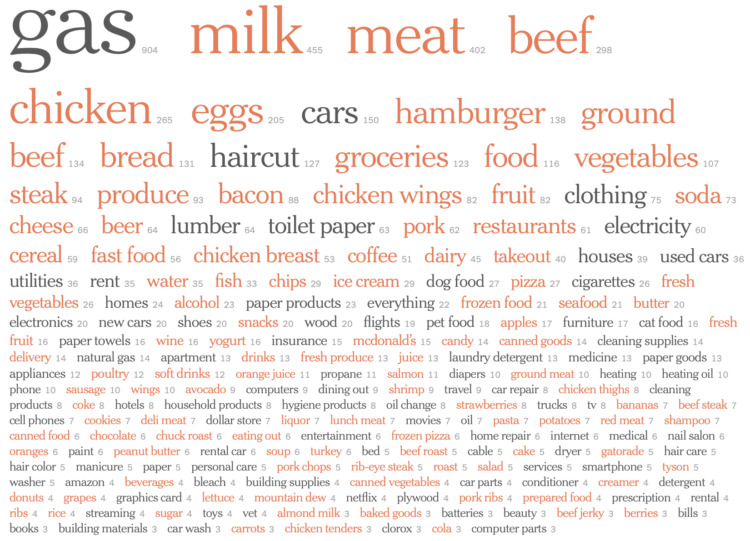
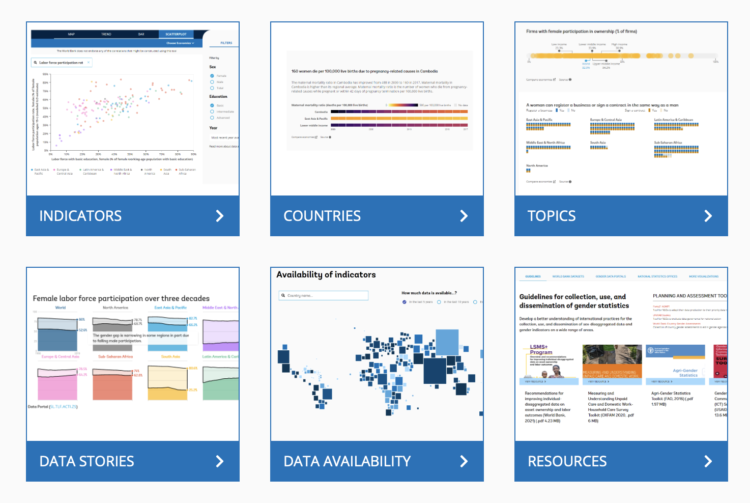
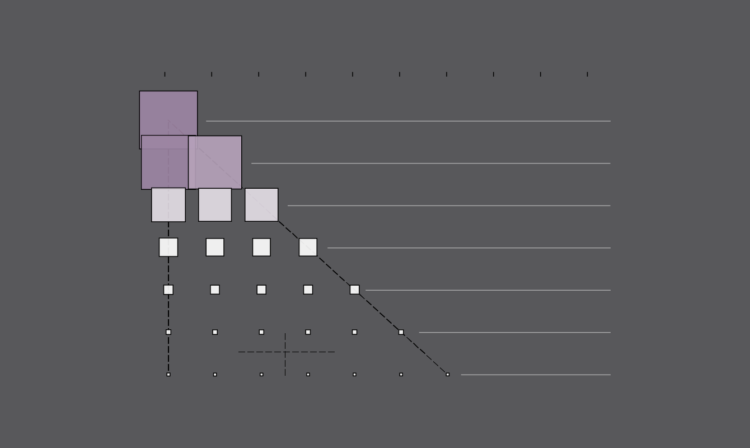

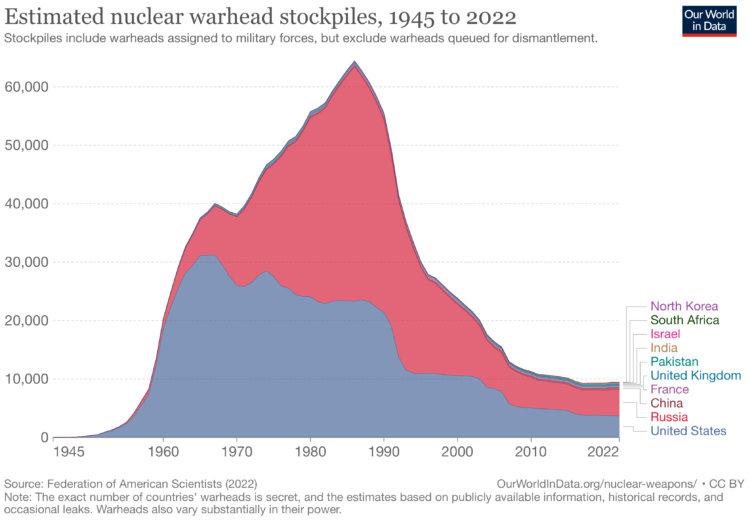
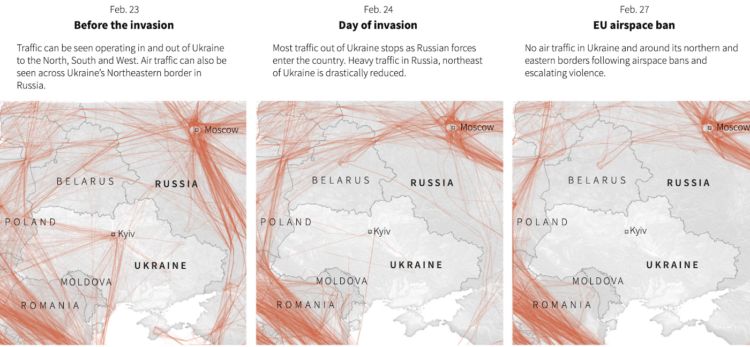
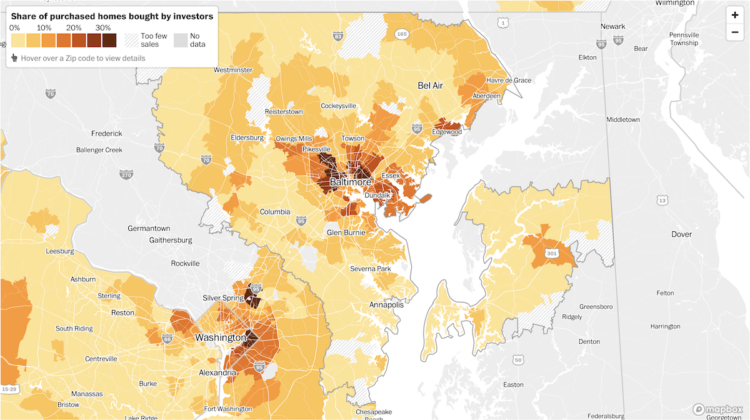

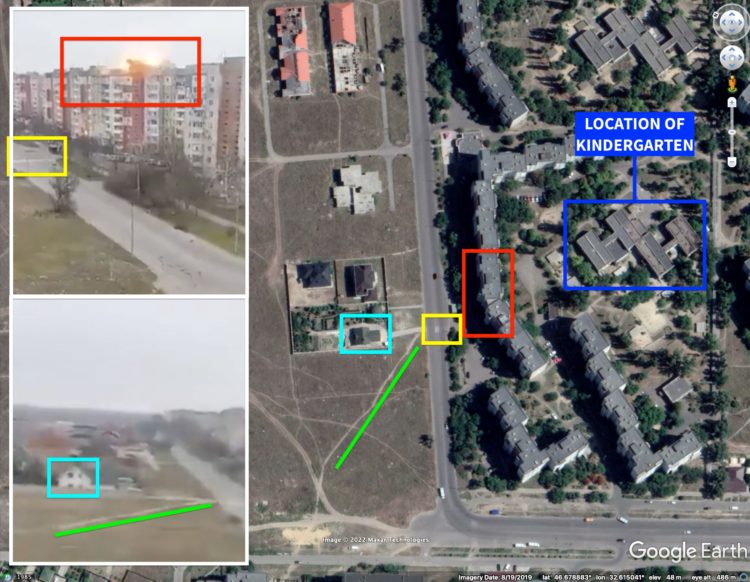

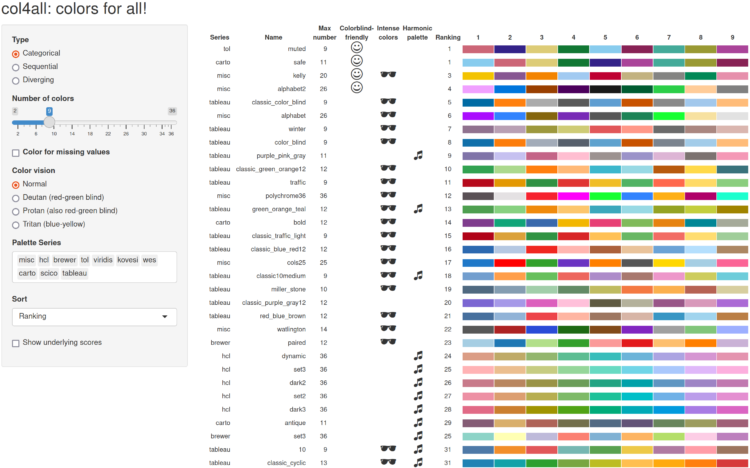
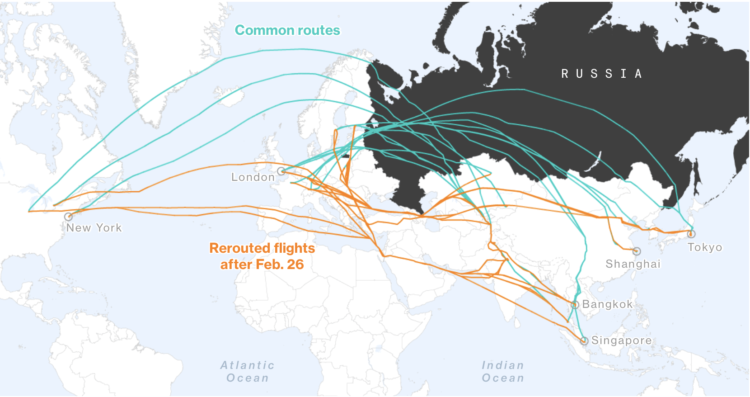
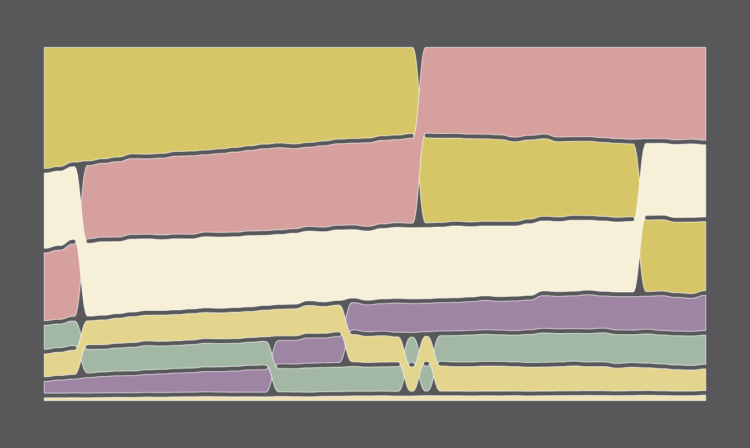
 Visualize This: The FlowingData Guide to Design, Visualization, and Statistics (2nd Edition)
Visualize This: The FlowingData Guide to Design, Visualization, and Statistics (2nd Edition)

